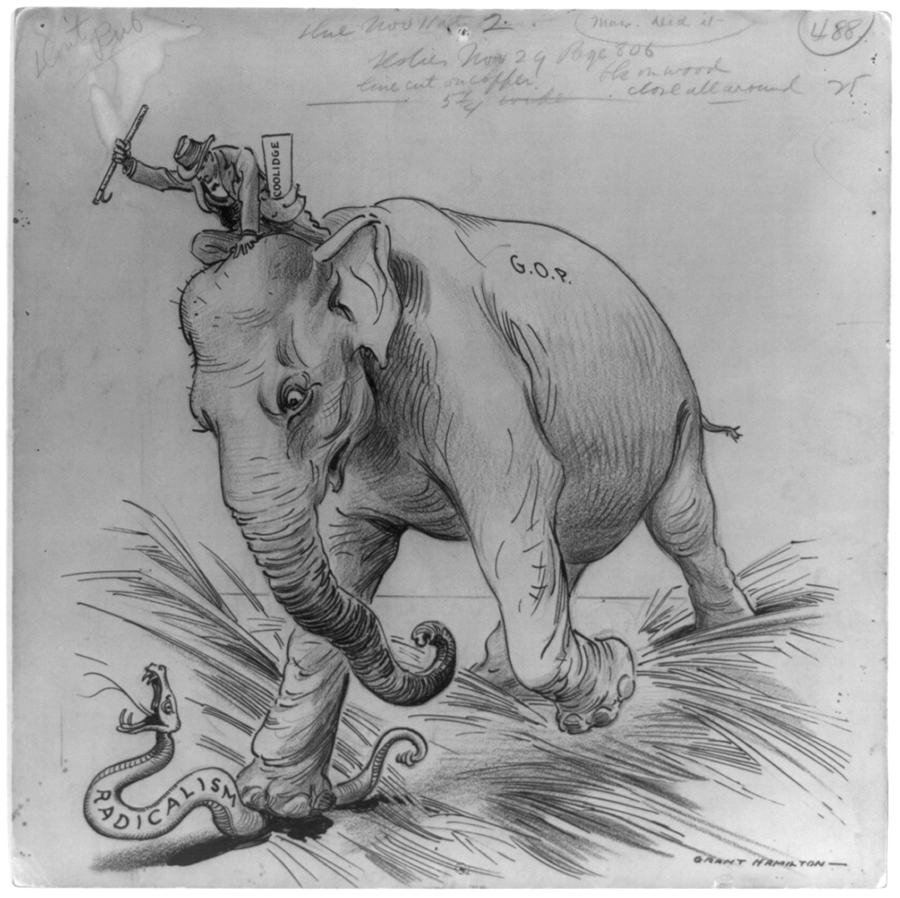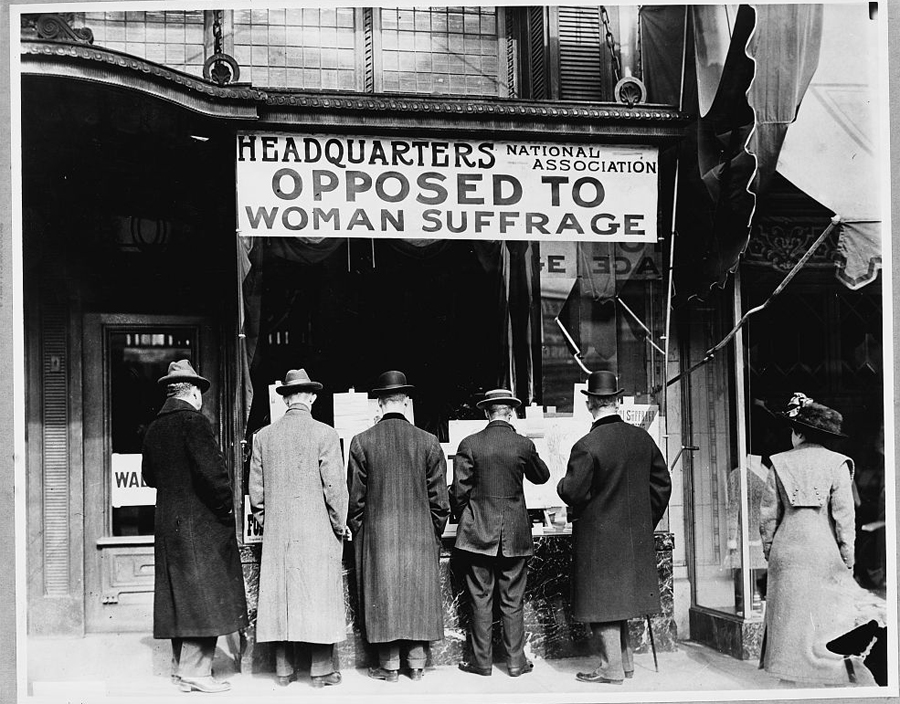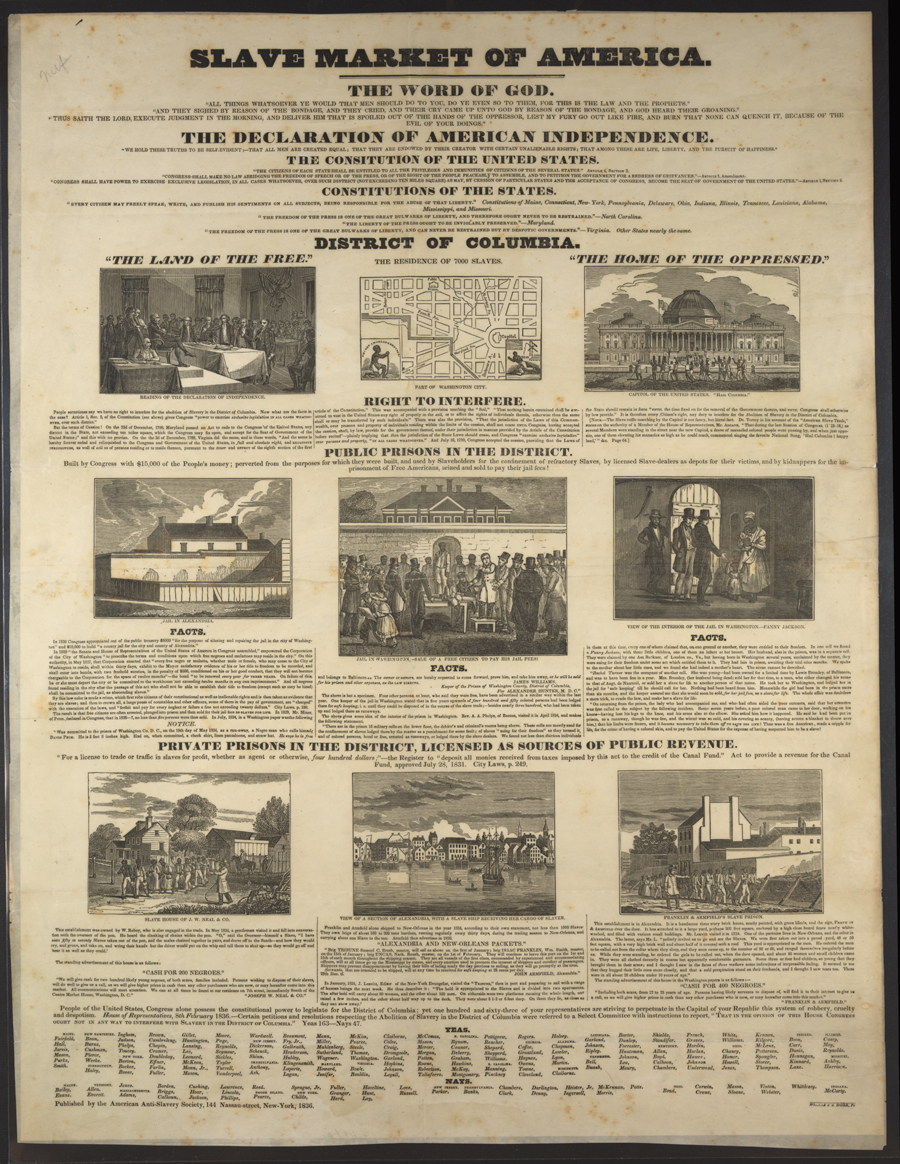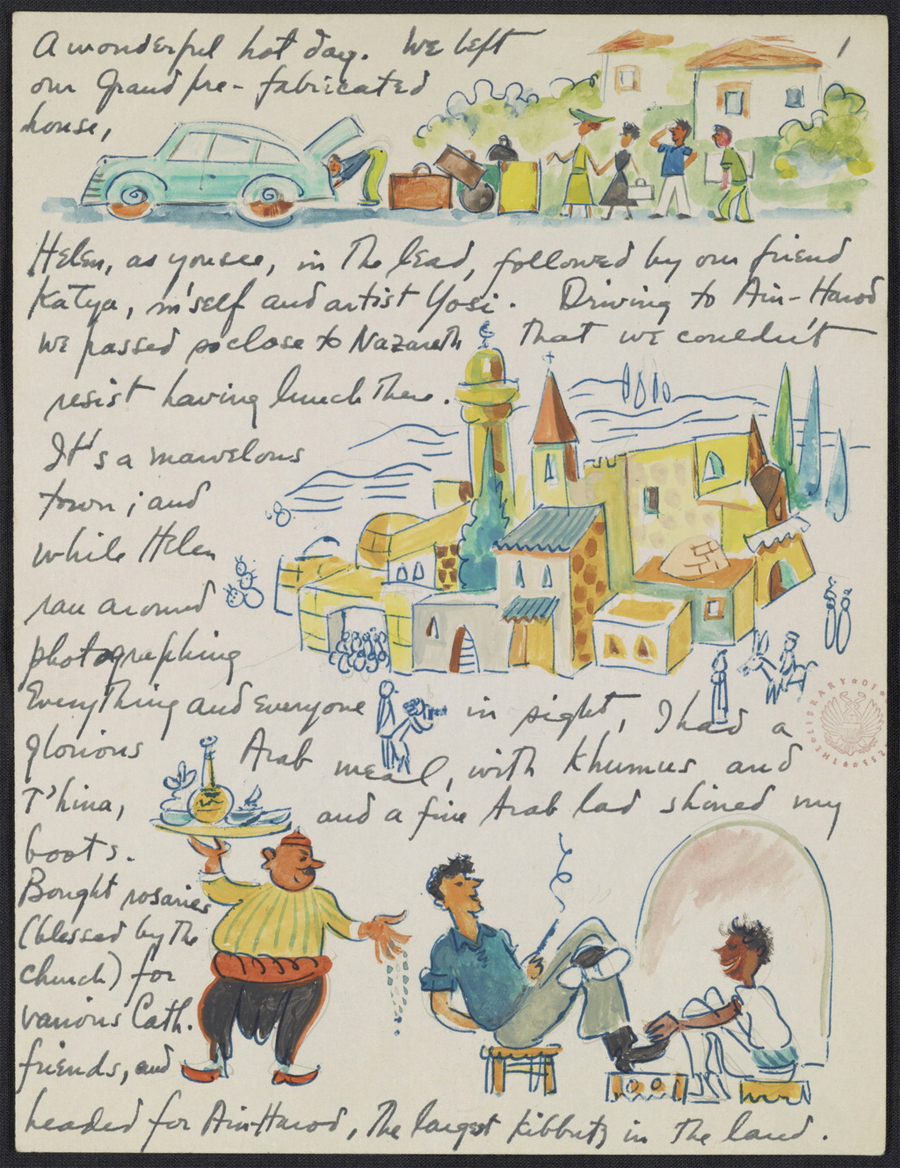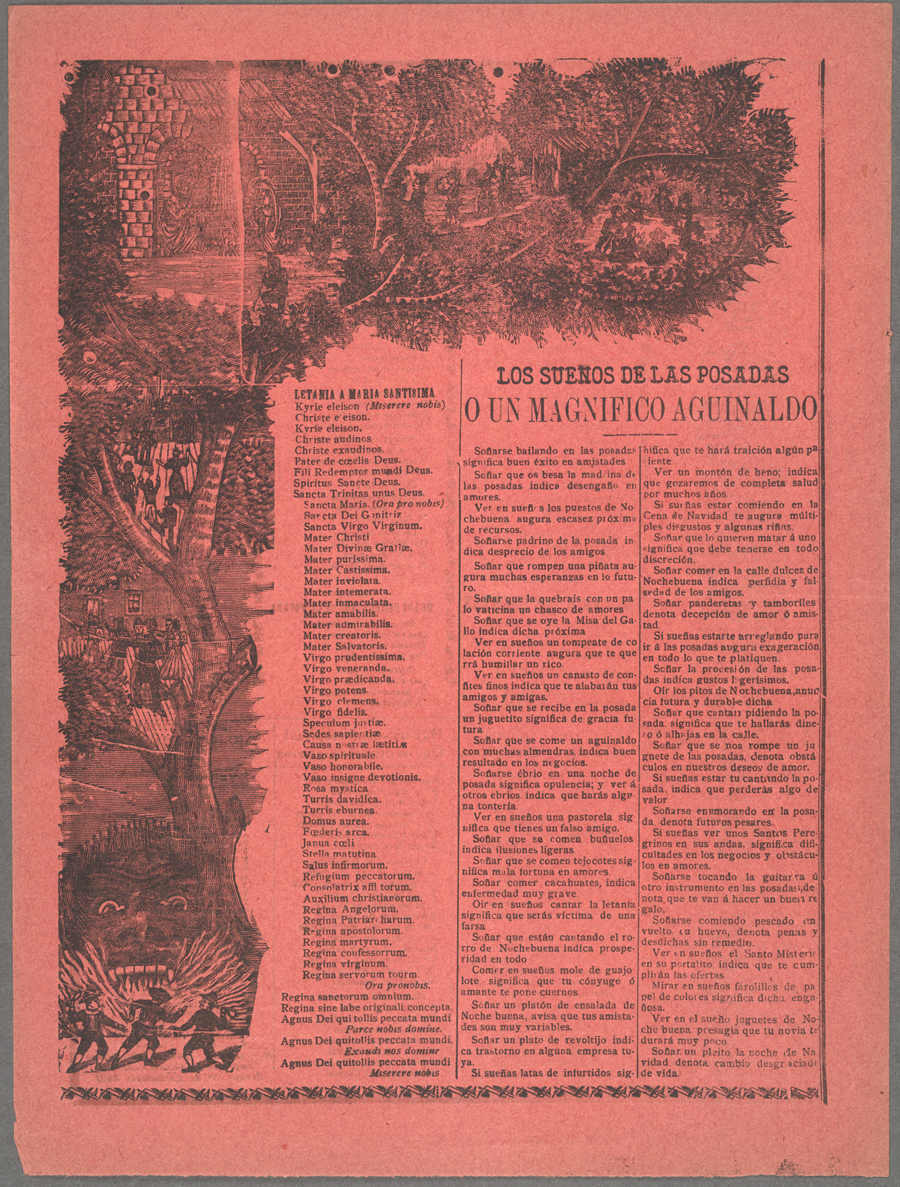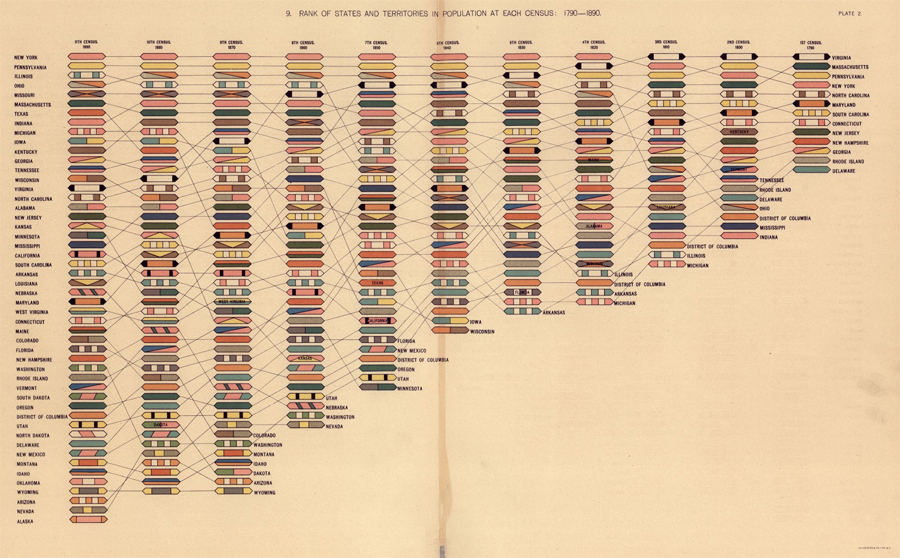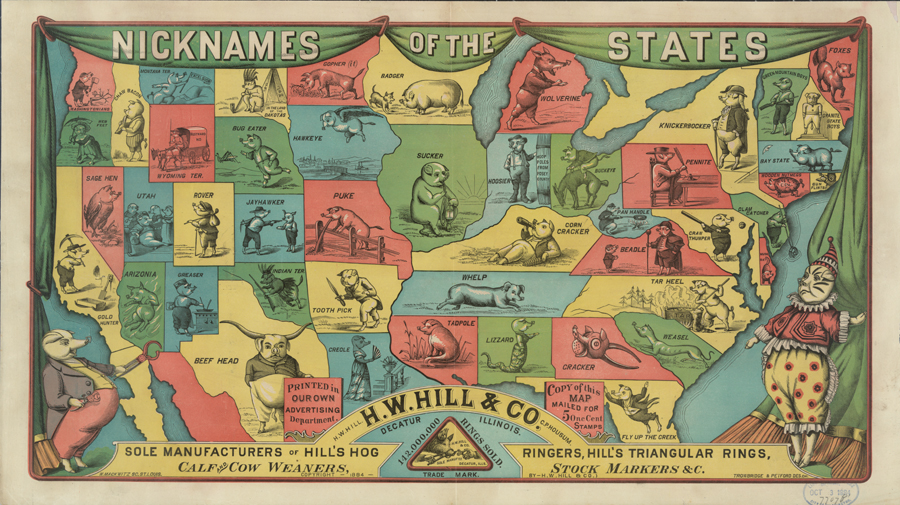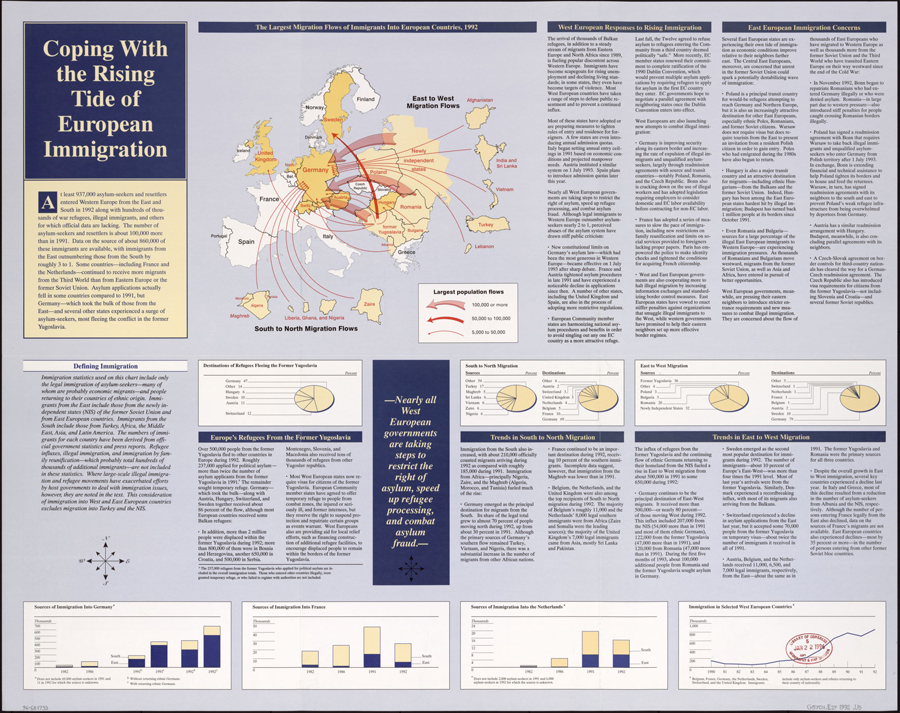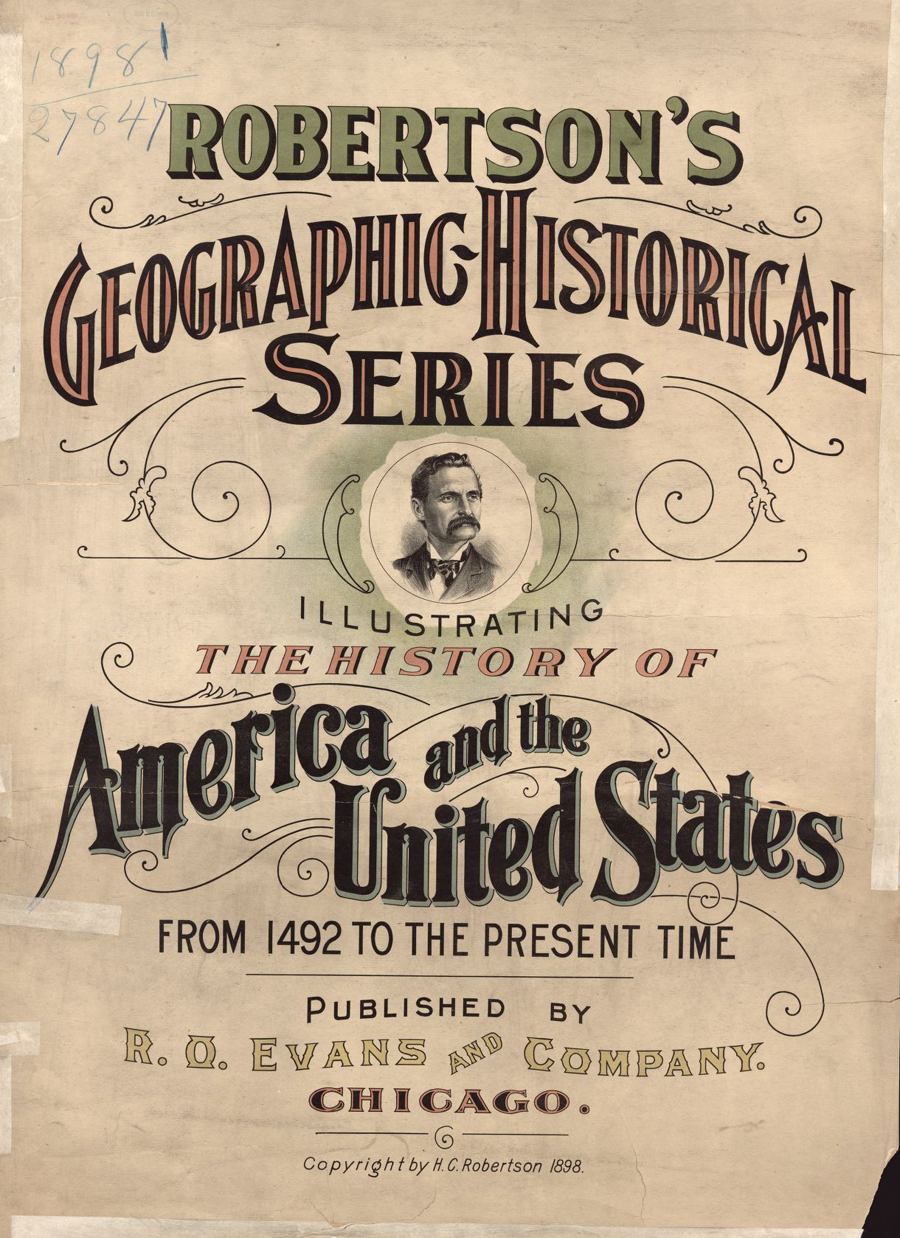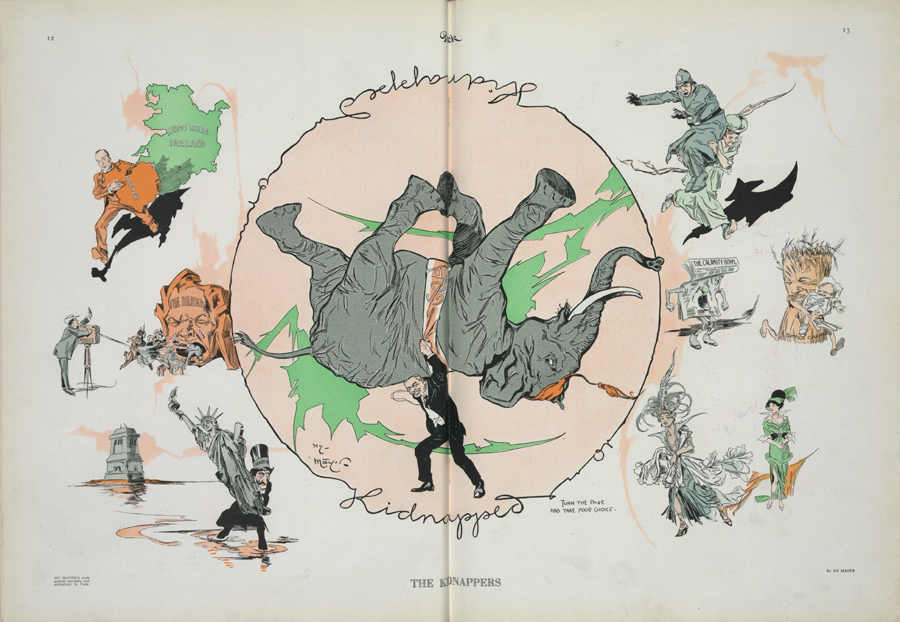Guided Primary Source Analysis: Massachusetts Did It
What is the definition of radicalism? Do you agree with the cartoonist’s choice to represent radicalism with a snake? Why or why not? Read the notes for this political cartoon. Do you think the elephant was a good choice to represent the G.O.P, or Republican party during this time period? Why or why not? Use…

